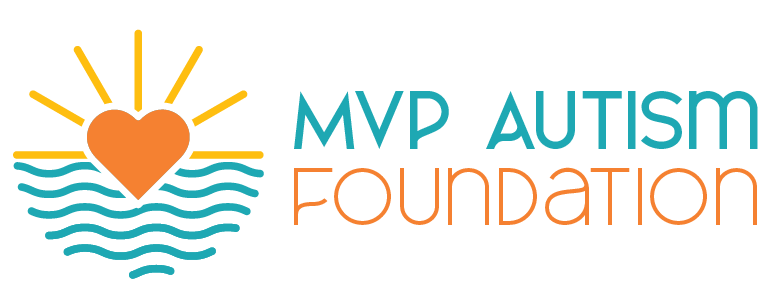Autism is a neurological based disorder that creates difficulties in an individual’s social and communication capabilities. Because Autism is a spectrum disorder a wide range of presentations can occur with the diagnosis. At the lower end of the Autism spectrum a person can be non verbal, exhibit self-injurious behavior, have significant intellectual disability, difficulties in motor coordination and planning, and other health issues such as sleep, gastrointestinal, and immune system disturbances. At the higher end of the Autism spectrum there can be above average intelligence and the person can possess splinter skills allowing them to excel in areas such as; science, math, music, and art. The incidence of Autism has dramatically increased over the past several years. According to the Centers for Disease Control and Prevention 1 in 44 school age children in the United States are on the Autism spectrum. Boys are 4 to 5 times more likely to be affected by Autism than girls. Current estimates have a child being diagnosed with Autism every 20 minutes.
Research indicates that many of the signs and symptoms of Autism begin to manifest themselves between 2 and 5 years old but sometimes can be seen earlier. Some of the symptoms can include not cooing, pointing, or gesturing, by age 12 months. A lack of words at 2 years old or a loss of language and social skills. Other symptoms may include difficulty making eye contact, hypo or hyper sensitivity to pain, echoing words or phrases, spinning of objects or themselves, inappropriate laughing, long periods of repetitive play, a strong need for routine, and unprovoked tantrums.
Although there is no definitive answer to what causes Autism, studies indicate multiple factors may be involved. Numerous genes have been associated with Autism and studies of individuals with the disorder indicate abnormalities in various parts of the brain which may have occurred during fetal development. Genetics and environmental factors may also play a significant role in the disorder.
No known treatment can cure Autism but combining various therapies and behavioral interventions help mitigate the symptoms. Speech and language therapy, physical therapy, occupational therapy, and spelling to communicate/S2C can be effective treatments for Autism. Applied Behavioral Analysis involves intensive and very structured training that helps a child develop language and social skills. Pharmacological intervention can help with obsessive-compulsive disorder, anxiety, and other behavioral issues that may be associated with Autism. Nutritional and other forms of therapies can be helpful but may lack scientific data to support their effectiveness.


